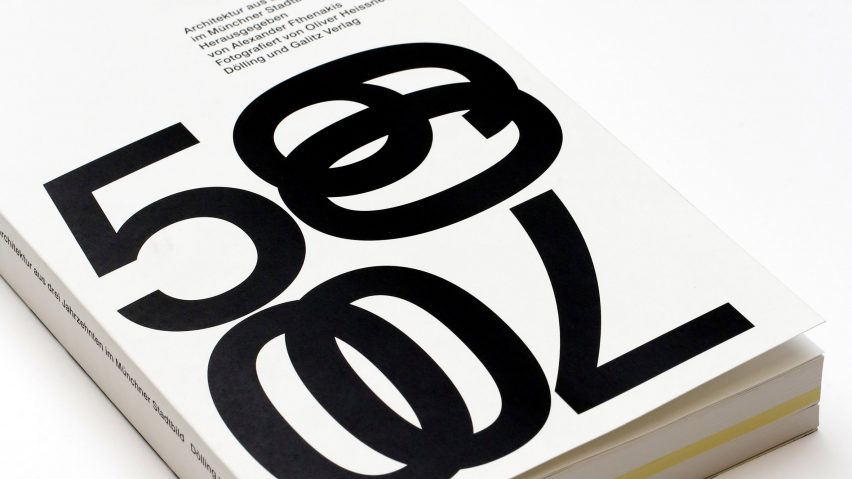
10 best architecture books at Frankfurt Book Fair 2017 revealed
A photography book featuring movie theatres in South India and a satirical exploration of the Eiffel Tower are among the top 10 books about architecture published in 2017 as voted by the organisers of Frankfurt Book Fair.
The books chosen by the organisers of the Frankfurt Book Fair and the architectural museum Deutsches Architekturmuseum (DAM) were given the DAM Architectural Book Award.
The world's only architecture-specific book prize attracted 215 submissions from 89 publishers this year. Criteria including design, content, topicality and innovation informed the judging process.
The 10 award-winning books are being exhibited at DAM in Frankfurt until 14 January 2018.
Here's the full list of 2017's award-winning books:
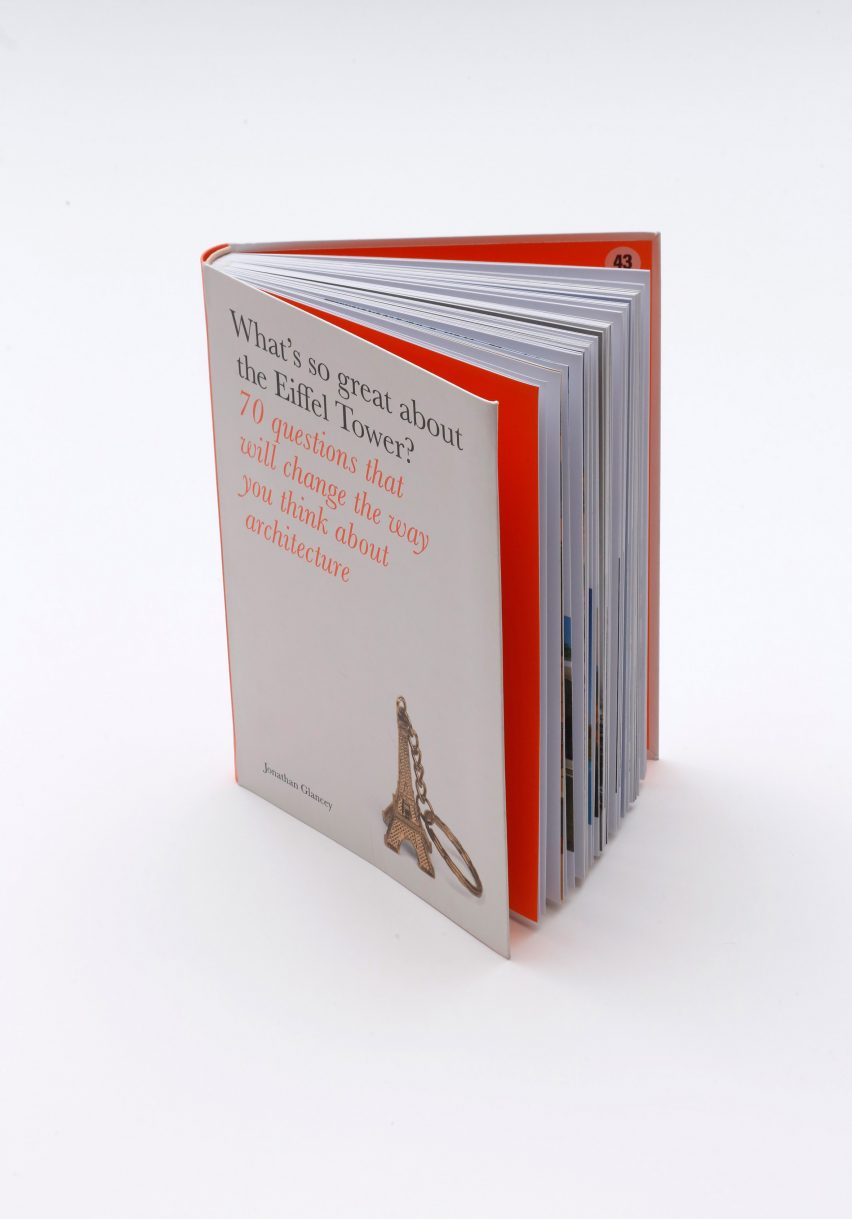
What's so great about the Eiffel Tower? 70 questions that will change the way you think about architecture by Jonathan Glancey
This book titled What's so great about the Eiffel Tower? examines the legacy of 70 pieces of architectural history, asking questions such as: "Is the Sagrada Família a work of genius or kitsch?" and "Stanstead Airport: Ideal terminal or banal shopping mall?"
Each "debate" is presented as a short story, on a double-page spread.
"Rarely did an architecture book exhibit so much self-irony. Let's call it British humour and join the publisher in enjoying this campaign for architectural education," said the jury.
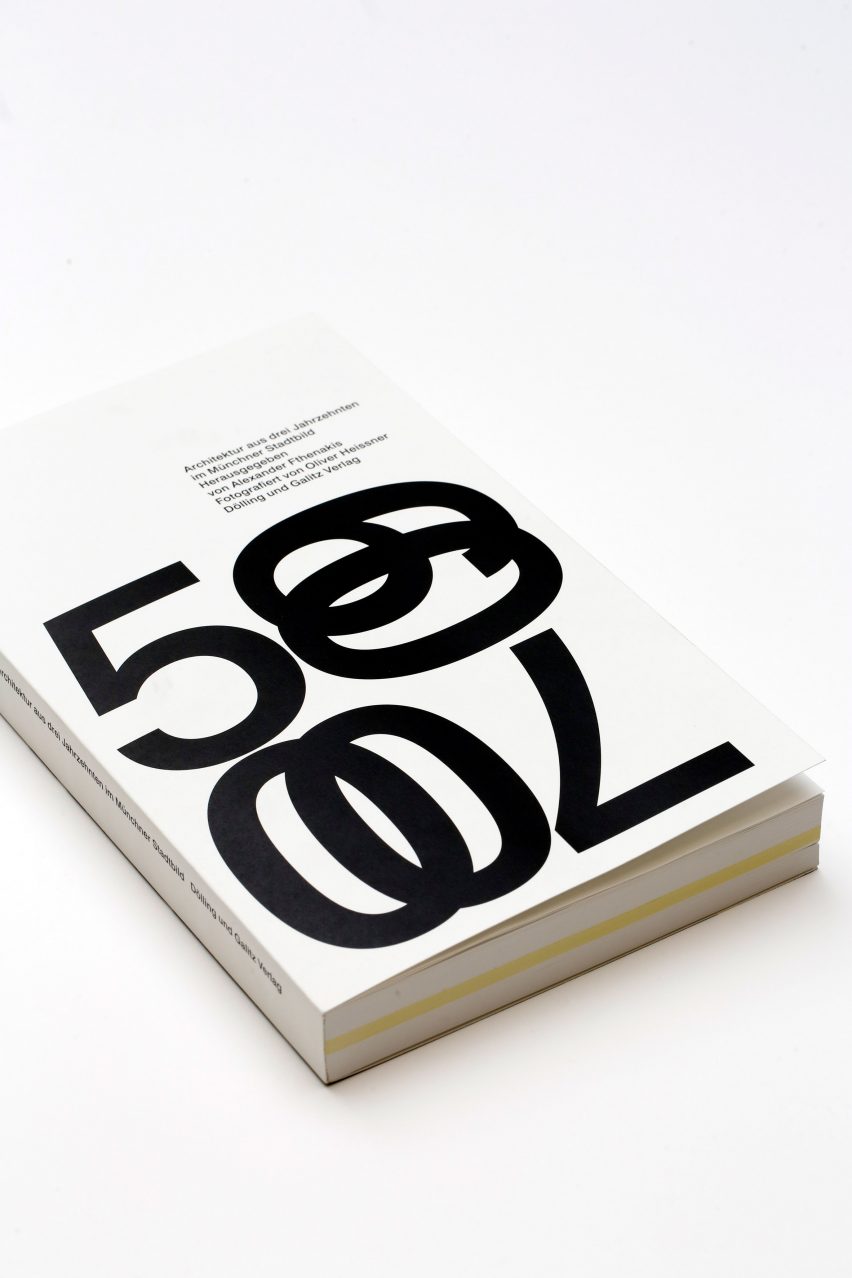
50 60 70 / Architektur aus drei Jahrzehnten im Münchner Stadtbild (50 60 70 Architecture from three decades in Munich's cityscape) by Alexander Fthenakis
This book highlights the changing architecture of Munich from 1950 to 1979, aiming to re-examine post-war architecture. In commentaries on walking through the town's Middle Ring Road, Old Town and the River Isar, writer Alexander Fthenakis documents the changing urban landscape.
"A cityscape undergoing change is recorded as if by snapshot to render an epoch visible," said the competition jury. "Excellent photographs and a duly discrete design round out the book to offer perfect, vibrant visual instruction in viewing an entire period."
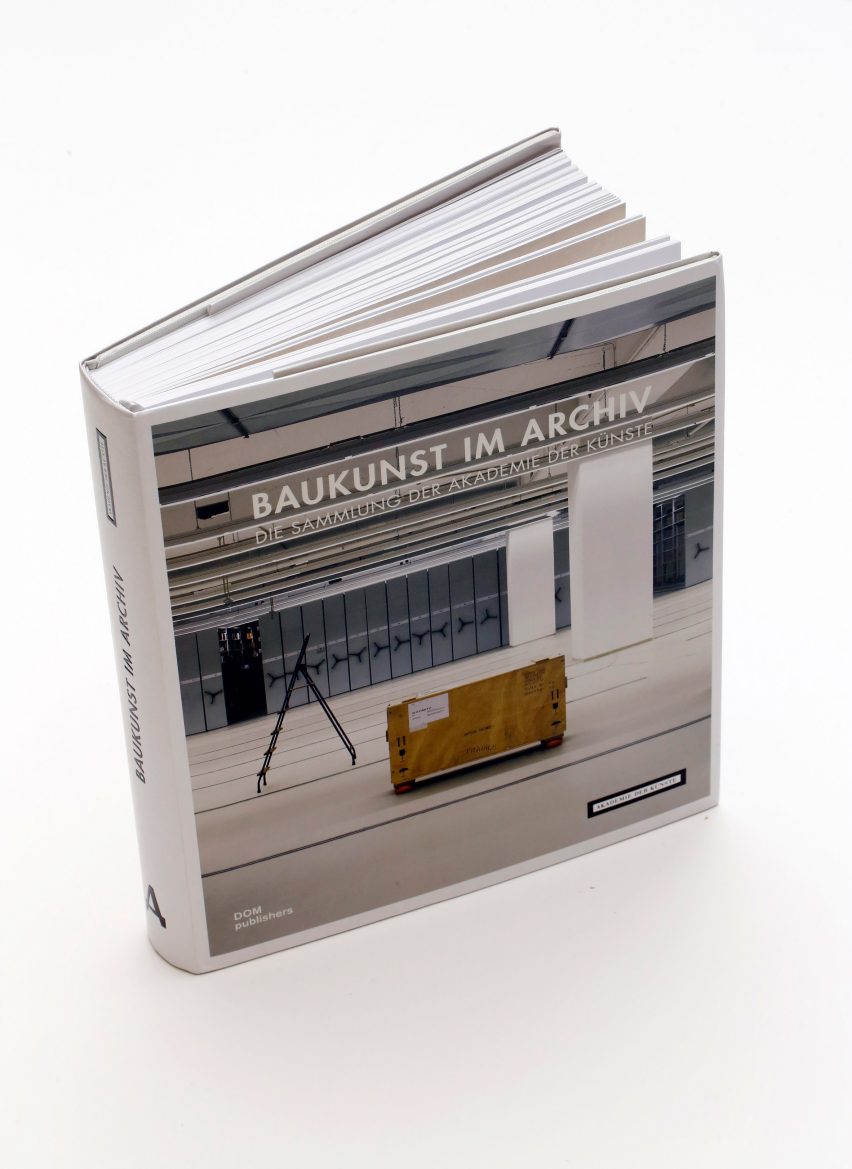
Baukunst im Archiv. Die Sammlung der Akademie der Künste (Architecture in the Archive) by Eva-Maria Barkhofen, Jeannine Meerapfel and Werner Heegewaldt
Baukunt im Archiv is an overview of the architects, engineers, landscapers and photographers that passed through Berlin's Academy of the Arts over the last 230 years. Each of the 71 archives and 80 collections included is presented with short biographies of the authors, along with descriptions of the projects.
"A book on an inconceivable treasure trove that is no doubt the envy of the one or other director of a museum or collection. To date, few institutions have been able to realize such a labour of love, one that is quite clearly extremely time intensive," said the jury.
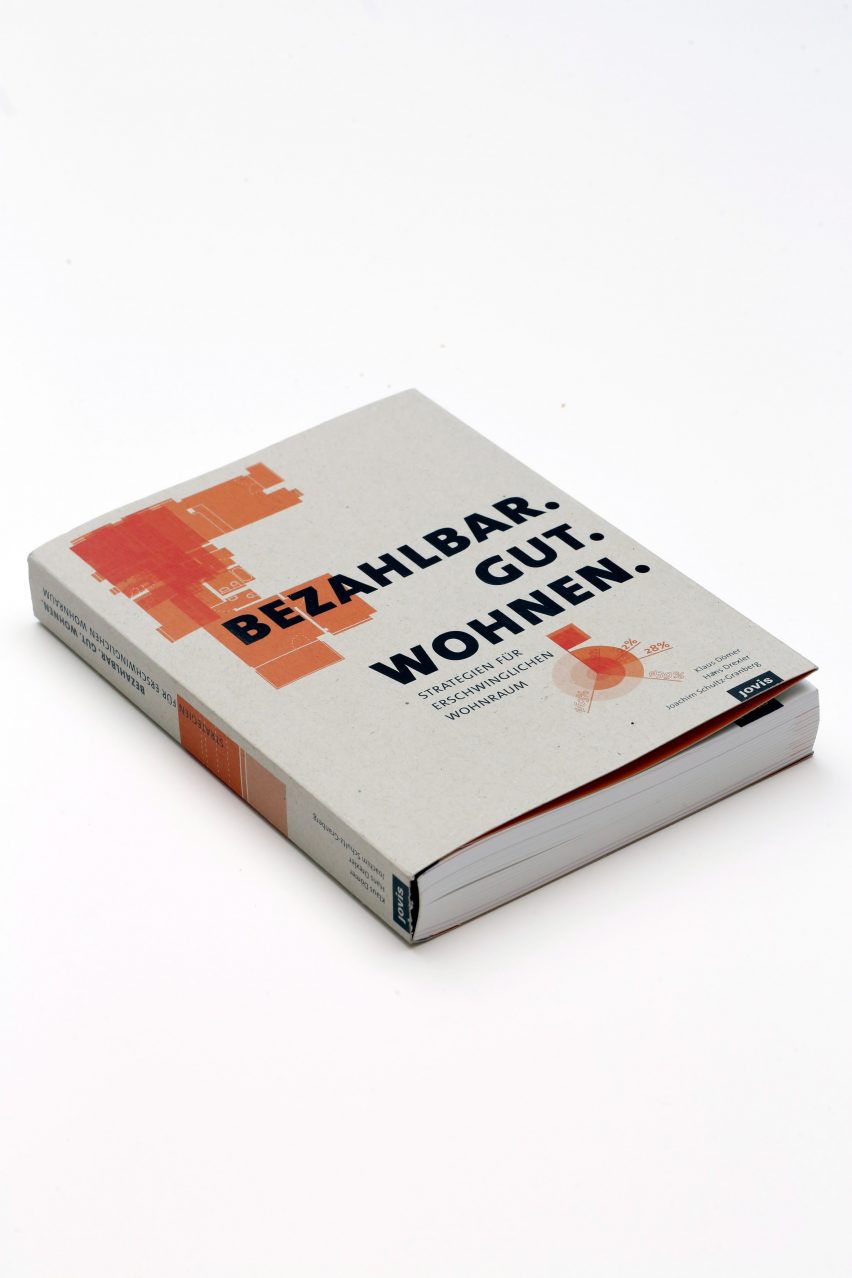
Bezahlbar. Gut. Wohnen: Strategien für erschwinglichen Wohnraum (Payable. Good. Living.
Strategies for Affordable Housing) by Klaus Dömer, Hans Drexler & Joachim Schultz-Granberg
Using theoretical and practical approaches, this book explores issues surrounding affordable housing and potential strategies. These are accompanied by statistics, plans and photographs that suggest how cities can overcome gentrification.
"The topic of this handy brochure with its high-grade stitched binding by Jovis Verlag is how to counter the problem of ever less and ever-more-expensive housing by deploying innovative, good quality and future-focused strategies," said the jury.
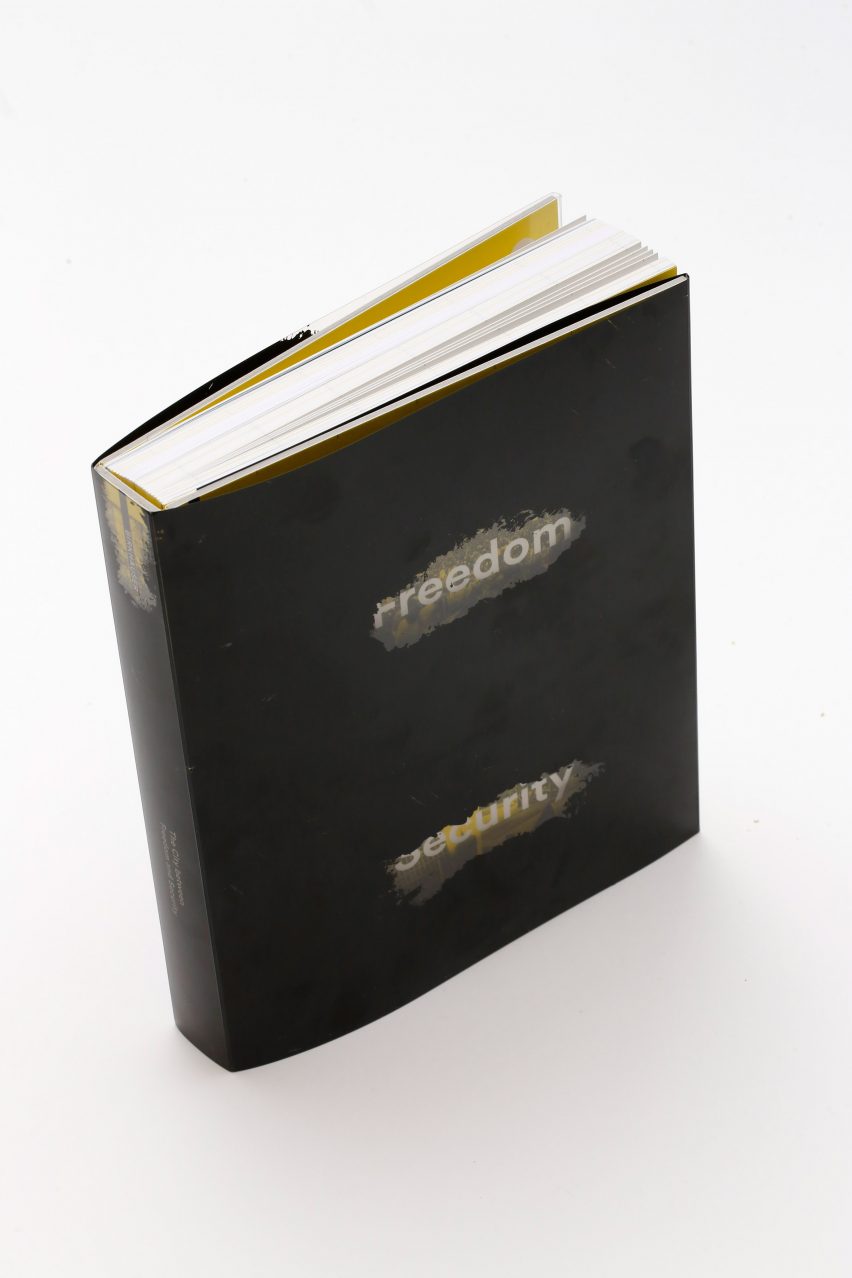
The City between Freedom and Security. Contested Public Spaces in the 21st Century by Deane Simpson, Vibeke Jensen and Anders Rubing
The relationship between security and surveillance is explored in this new book by publishers Birkhäuser Verlag. From photography essays and interviews to site-drawings, the book presents a range of arguments across the spectrum of urbanism through the lens of security and democracy.
"A topic that concerns us all in an age of terrorist threats and wannabe autocrats," said the jury. "Where are the intelligent design and architectural solutions that will succeed in not stripping us of a sense of freedom? These tasks must be construed from the human point of view, as avoidable security measures can swiftly themselves become threatening walls."

Fifty English Steeples. The Finest Medieval Parish Church Towers and Spires in England by Julian Honer and Julian Flannery
Covering 50 of the most important medieval parish church towers and spires in England over the last 500 years, Fifty English Steeples provides an overview of the evolution of towers and spires – from Saxon churches to medieval steeples.
"Julian Flannery tells the (developmental) story of English Medieval church spires by means of 50 selected examples," said the jury. "He starts the book by explaining his choice of churches and offers a comprehensive account of the different types by location, roof structure and types of pillar."
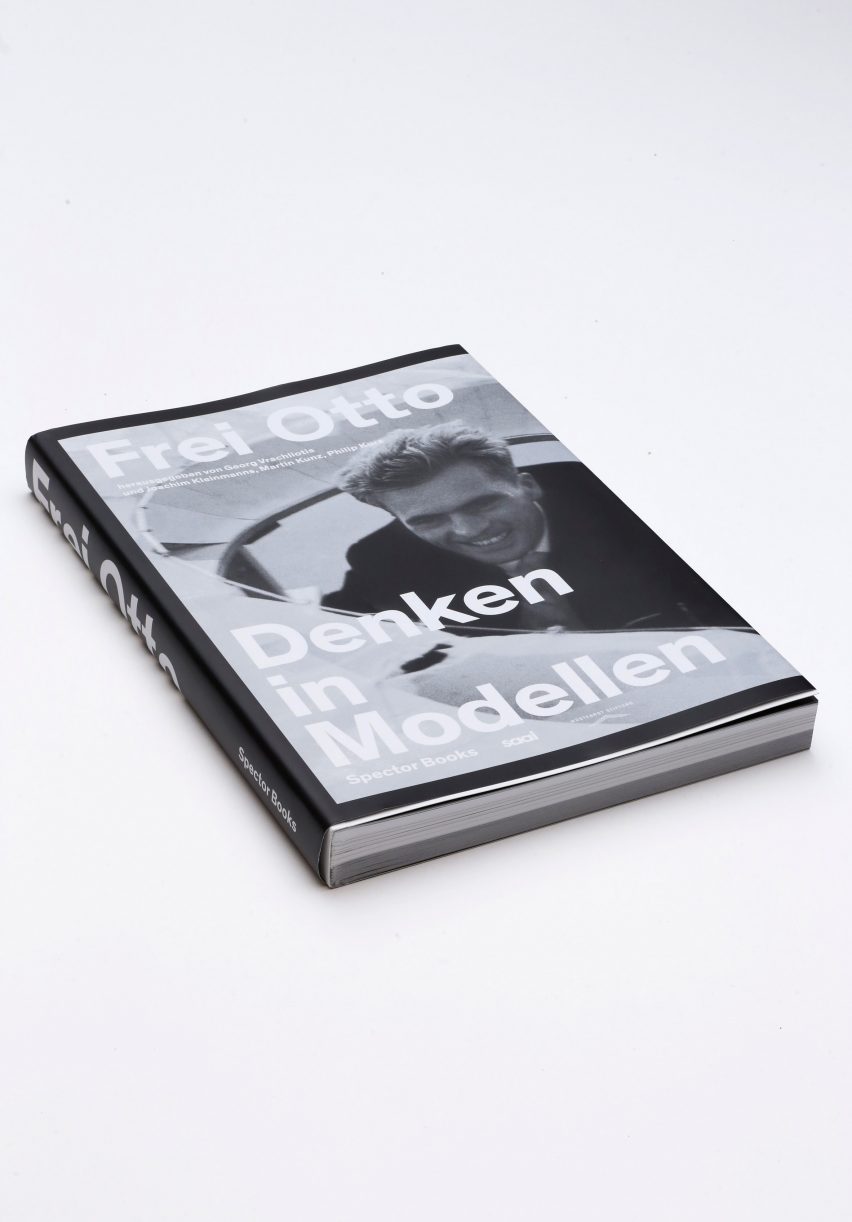
Frei Otto. Denken in Modellen (Frei Otto. Thinking in Models) by Georg Vrachliotis with Joachim Kleinmanns, Martin Kunz, Philip Kurz, Martin Kunz, Irene Meissner and Cornelia Escher
Published to coincide with an SAAI exhibition at the ZKM in Karlsruhe, this book focuses on German architect Frei Otto, who designed the roof landscape for the 1972 Olympic Games in Munich. The book explores his use of experimental models, in particular, his interdisciplinary use of architecture, technology and art.
"One can see from the book (it is the third about Frei Otto in the last ten years) how gradually the focus is shifting: away from the projects and towards the 'making of', to the methods and thus also to the models, to the thought models that the title alludes to and to the innumerable real models of all kinds," explained the jury.
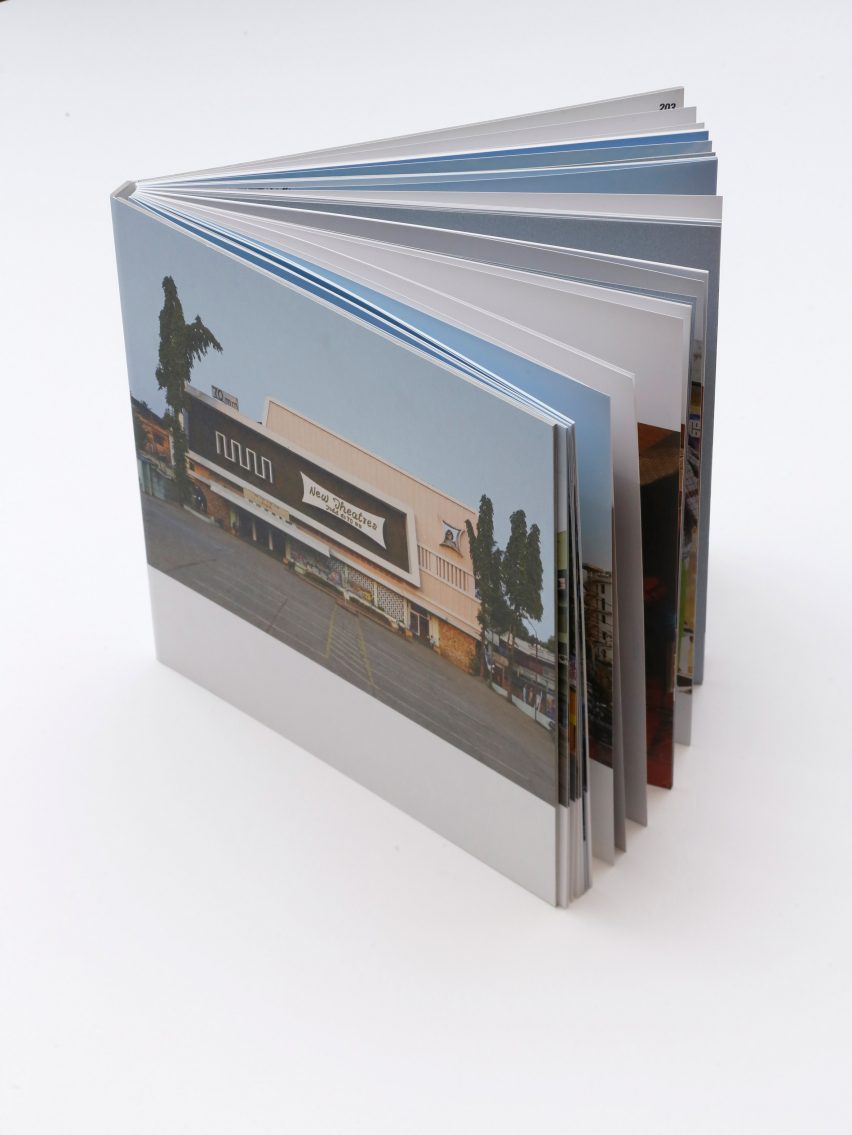
Hybrid Modernism. Movie Theatres in South India by Haubitz + Zoche, Rohan Shivkumar & S V Srinivas
This photo project by Munich-based artists Haubitz and Zoche documents the colourful and imaginative movie theatres in South India, covering a range of architectural styles from art deco to brutalism. Among the images are street shots of the locations printed on poster paper.
"A book that is a pure joy to browse through as it almost dispense with copy, confident of the visual appeal of the subject matter itself," said the jury.
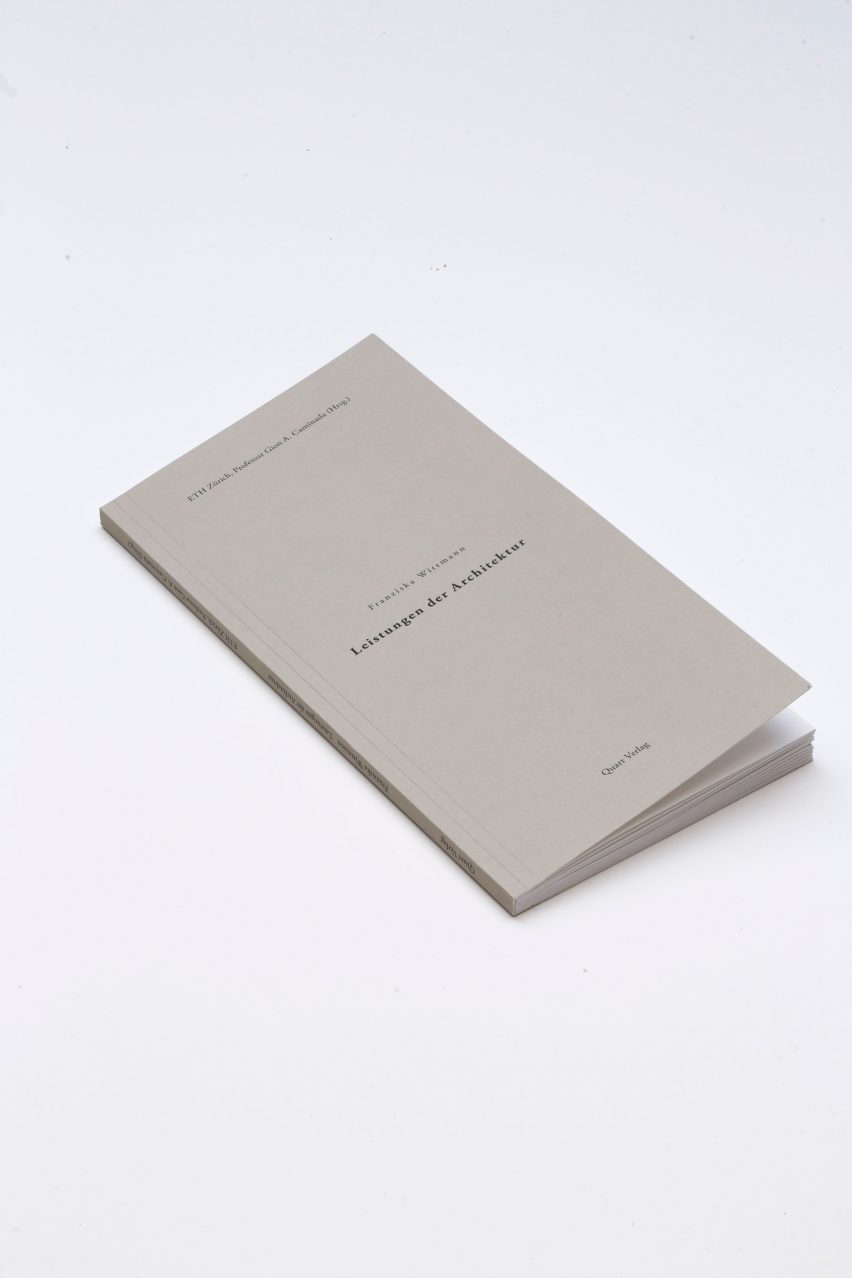
Leistungen der Architektur (Architectural Achievements) by Franziska Wittmann
Written in the style of a "poetic manual", Franziska Wittmann's book looks at the concept of architecture and space – form, geometry, material and construction. Arranged in 12 parts that centre around 12 themes, Wittmann examines the architectural history surrounding the physics of buildings.
"Franziska Witmann who is an assistant to Professor Gion Caminada at ETH Zürich, has authored a kind of poetic manual about what architecture can achieve in the field of energy," said the jury. "It is written in so down-to-earth and comprehensible a manner that it will no doubt reach many readers well beyond the student world."
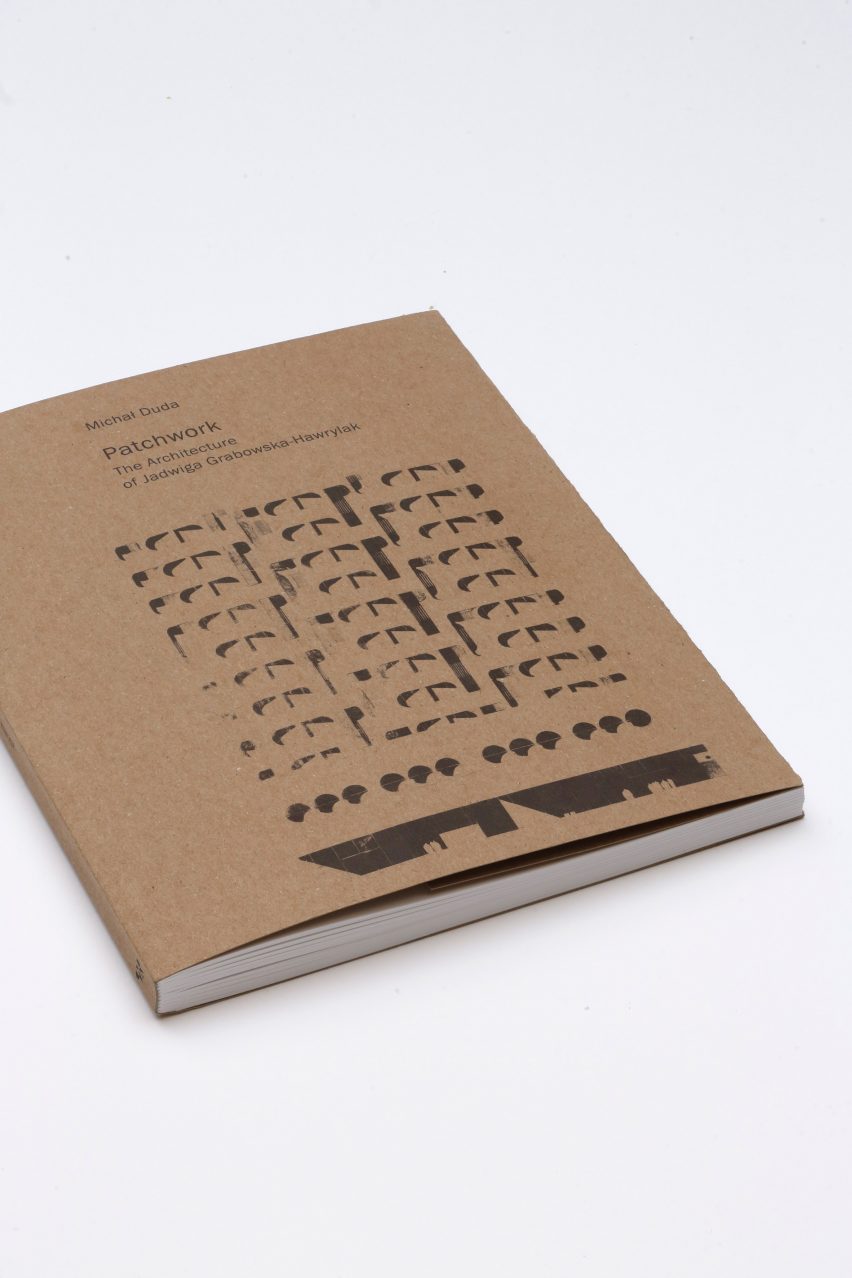
Patchwork. The Architecture of Jadwiga Grabowska-Hawrylak by Małgorzata Devosges-Cuber and Michał Duda
Patchwork celebrates the works of Polish architect Jadwiga Grabowska-Hawrylak, who is known for the sculptural facades she created for the Grunwaldzki Square in Wroclaw. Photographs, plans and drawings accompany the text and contribute to a clear overview of the architect's body of work.
Grabowska-Hawrylak's oeuvre is truly diverse, and the documents that accompany the text are almost as varied," said the jury. "The book is very easy to digest and along with the interesting sample images, this makes approaching the exciting oeuvre of Jadwiga Grabowska-Hawrylak a very enjoyable matter."